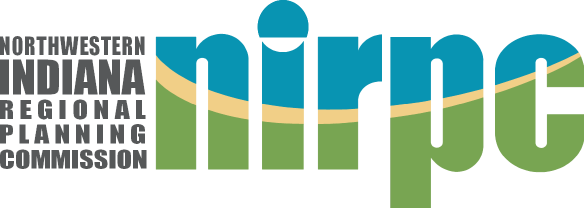Lawns are a significant feature in the urban environment. These often heavily managed landscapes have the potential to contribute to stormwater runoff pollution due to over-fertilization, over-application of pesticides, overwatering, and often compacted soils. During the past few years, a number of Great Lakes states, including Illinois, Michigan, Minnesota, New York, and Wisconsin have restricted the use of fertilizers containing phosphorus for some applications. Phosphorus is an essential nutrient for plant growth, however, over or improper application of phosphorus containing fertilizers can contribute to nutrient overloading (eutrophication) in our lakes and streams.
The Lawn to Lake Program is a collaborative effort to protect water resources in the Great Lakes region by promoting healthy lawn and landscape practices. The program’s approach to sustainable landscaping emphasizes these principles:
- Right plant, right place
- Fertilize appropriately
- Manage lawn pests responsibly
- Water efficiently
- Compost
- Attract wildlife
- Reduce stormwater runoff
Download a copy of the Lawn to Lake Guidebook HERE
The Lawn to Lake Midwest website is full of information, tools, and resources that will guide you in making sure your lawn care practices are more environmentally friendly. Take a Lawn Care Quiz to see how your current landscaping practices may be impacting local water quality, visit the Calendar page for timely lawn care maintenance tips, and even find a place to send your soil samples using the Soil Testing Lab Locations interactive map.
